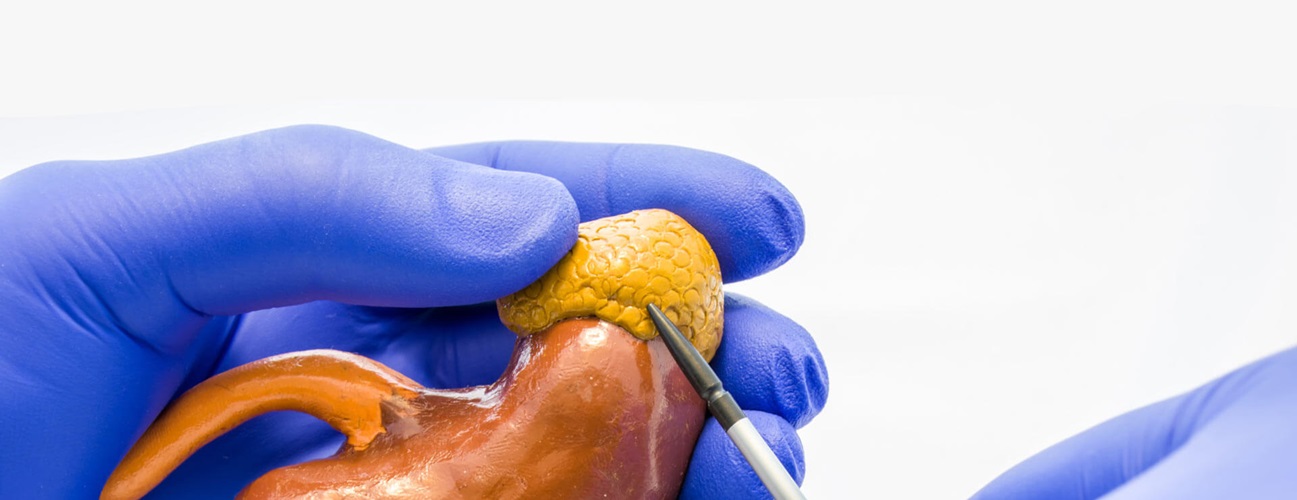Non-functional Adrenal Tumor
Featured Experts:
When you undergo abdominal imaging, your doctor may inform you that your X-ray, CT or MRI reveals a small growth on one of your adrenal glands, which are located atop your kidneys.
Johns Hopkins experts Amir Hamrahian, M.D., medical director of the Comprehensive Adrenal Center, and Lilah Morris-Wiseman, M.D., chief of endocrine surgery, talk about non-functional adrenal tumors and what you should know if you are diagnosed with one.
What You Need to Know
- Most non-functional adrenal tumors are discovered by chance on scans you have for another reason.
- Most non-functional adrenal tumors are benign (not cancerous).
- Most small, non-functional adrenal tumors do not require surgery.
- Your doctor may want to take a closer look at a tumor that is large or showing other suspicious characteristics.
What is a non-functional adrenal tumor?
A non-functional adrenal tumor is an adrenal tumor that does not secrete hormones. They account for about 75% of tumors or masses that develop in the adrenal glands, the triangular-shaped glands located on top of the kidneys.
Non-functional adrenal tumors are relatively common. About one in 20 adults, and more than one in 10 adults over age 70 are likely to have a non-functional adrenal tumor.
What causes non-functional adrenal tumors?
Although most non-functional adrenal tumors arise due to unknown causes, in a few cases, there is a genetic link to their development. Non-functional adrenal tumors are very rare in children and people younger than age 35, but the risk for developing one increases with age.
What are the symptoms of non-functional adrenal tumors?
Non-functional adrenal tumors do not cause symptoms unless they are very large and pressing against other organs. This is very different from functional adrenal tumors, which secrete hormones and cause noticeable changes in your health as a result,
How is a non-functional adrenal tumor diagnosed?
Most non-functional adrenal tumors are detected by accident when a person gets a scan for another reason.
Radiologists will examine the size, shape, and characteristics of the mass to determine how likely it is to be cancer or benign. A blood test can help the doctor detect any subtle, unusual hormone levels that would indicate the tumor is secreting hormones.
If your doctor spots a growth on one of your adrenal glands, it it important to find out what kind of tumor it is. A small, tumor that has no symptoms on an adrenal gland may not warrant a complete diagnostic workup.
However, further tests are appropriate if:
- You are showing signs of too much adrenal hormone production, such as primary aldosteronism.
- You have other kinds of cancer, in which case your doctor may want to rule out a metastasis, or cancer that has spread to the adrenal gland from another area in the body.
- The tumor is larger than four to six centimeters
- The shape of the growth is irregular or asymmetrical (different on both sides)
- The tumor contains little or no fat
- There are signs of necrosis (dead cells) or bleeding within the growth.
How is a non-functional adrenal tumor treated?
For an adrenal tumor that does not show any signs of hormone production of malignancy, you may not need a biopsy or any treatment at all beyond periodic monitoring.
In some people, a non-functional adrenal growth increases in size and can put pressure on other organs, causing symptoms such as abdominal pain or a decrease in adrenal hormone output due to the tumor pressing against the gland. In this case, surgery to remove the adrenal gland (laparoscopic adrenalectomy) may be considered to provide relief.
Even if one adrenal gland is removed, the other can produce enough hormone to make up the difference and keep your blood hormone levels within normal limits.








